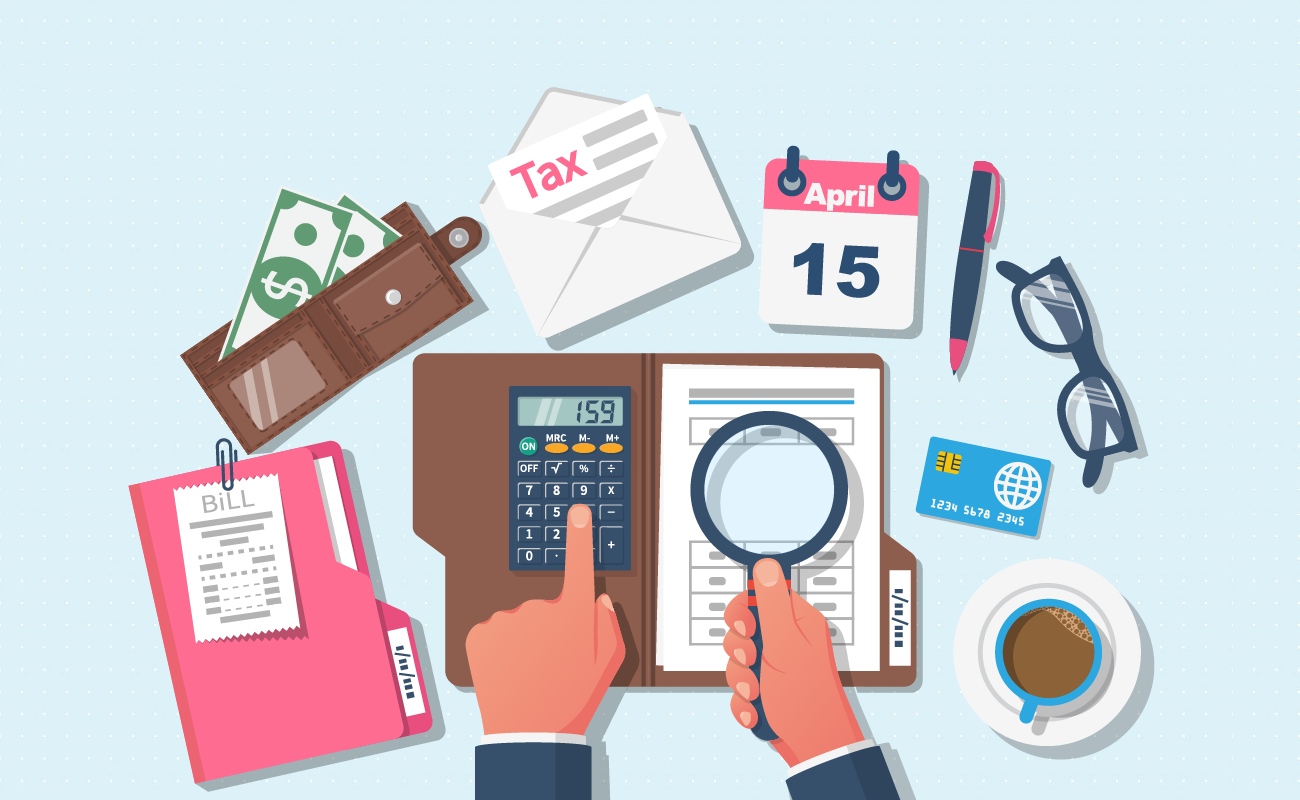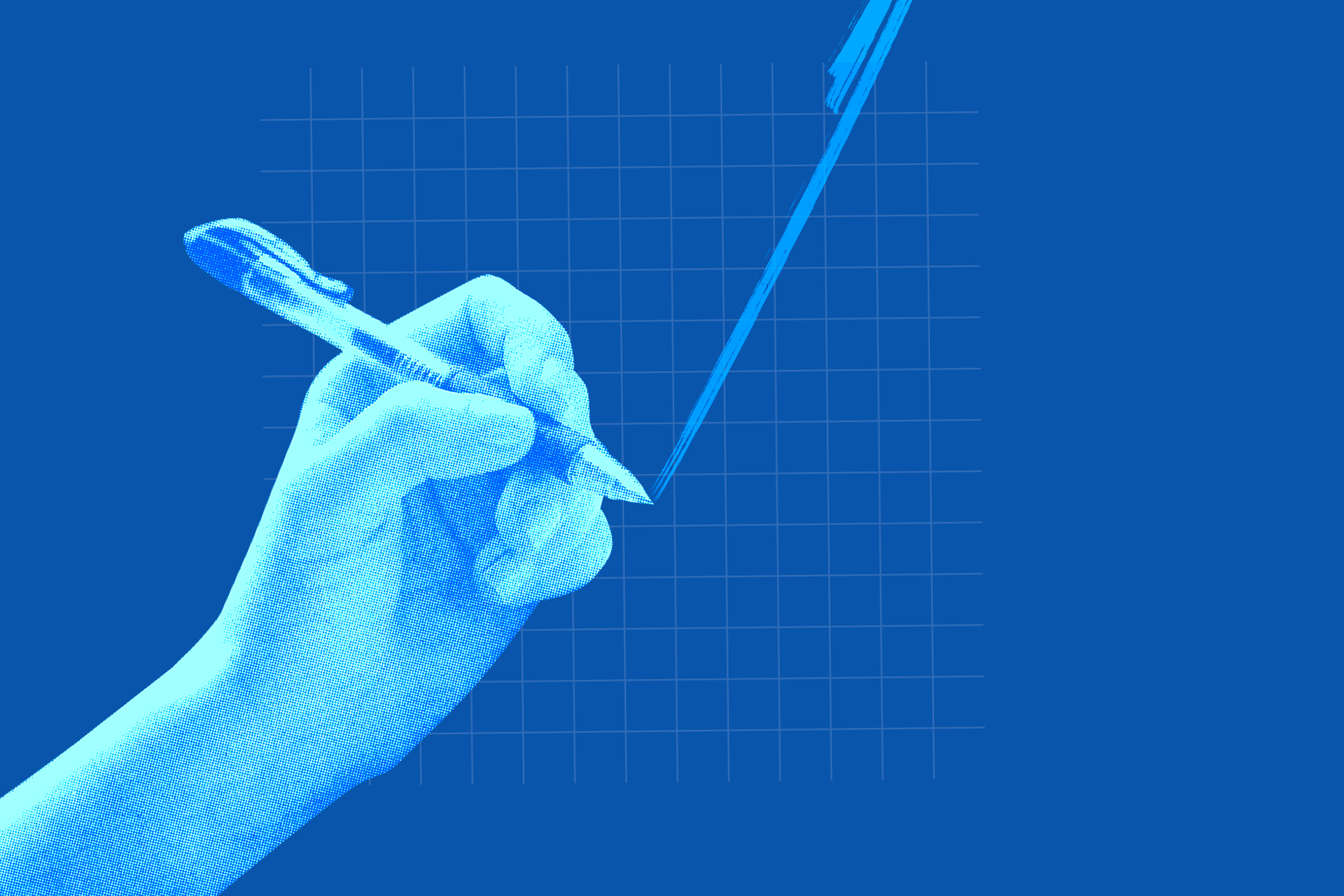What is Monthly Amortization? A Comprehensive Guide
Monthly amortization refers to the regular payments made towards repaying a loan over a set period, typically in equal installments. These payments consist of both interest and principal, allowing borrowers to gradually reduce their debt.
Importance Of Understanding Monthly Amortization
Before we delve into the importance of understanding monthly amortization, let’s clarify what it actually means. Monthly amortization refers to the scheduled payments made towards a loan, typically consisting of both principal and interest. It allows borrowers to repay their debt over a fixed period of time, typically on a monthly basis. Now, let’s explore why understanding monthly amortization is crucial.
Saving Money
Understanding your monthly amortization allows you to save money in several ways. Firstly, it helps you to accurately budget your finances, ensuring that you can make your monthly payments on time without incurring any late fees or penalties. By knowing exactly how much you need to set aside each month for loan repayment, you can avoid unnecessary financial stress.
- No late fees or penalties: By budgeting for your monthly amortization, you can make payments on time.
- Interest savings: With a clear understanding of your monthly payments, you can devise strategies to reduce interest costs, such as making additional principal payments or refinancing at a lower interest rate. These actions can save you a significant amount of money over the life of the loan.
Financial Planning
Understanding monthly amortization is a crucial aspect of effective financial planning. It provides you with a clear picture of your debt obligations and helps you make informed decisions about your overall financial health. By knowing how much you owe each month, you can assess your ability to take on additional debt, plan for future purchases, or set realistic savings goals.
- Debt management: Monthly amortization allows you to keep track of your outstanding debt and manage it effectively. This knowledge helps you avoid getting into a debt cycle and potentially damaging your credit score.
- Goal setting: Understanding your monthly payments enables you to plan for your financial future by setting realistic goals. Whether it’s saving for a down payment on a house or investing in your child’s education, knowing your amortization allows you to allocate funds accordingly.

Credit: civxdata.com
Components Of Monthly Amortization
Monthly amortization refers to the regular payment made by a borrower to repay a loan over a specific period of time. It consists of two main components – the principal amount and the interest payment. The monthly amortization is typically fixed and evenly spread out over the loan term, allowing borrowers to budget and plan their finances accordingly.
Principal Amount
The principal amount is the initial sum borrowed from a lender. It represents the original loan amount without any interest added. Each monthly payment made by the borrower contributes to reducing the principal balance over time. As the principal amount decreases, the interest portion of the monthly payment also decreases.
Interest Payment
The interest payment is the additional cost charged by the lender for borrowing the principal amount. It is calculated based on the interest rate and the outstanding balance of the loan. Initially, a greater portion of the monthly amortization goes towards paying off the interest, while the remaining amount is used to reduce the principal balance. As the loan term progresses, the interest portion decreases, and a higher portion of the payment goes towards repaying the principal.
Loan Term
The loan term refers to the duration within which the borrower is expected to repay the loan. It is typically measured in months or years, depending on the agreement between the borrower and the lender. The loan term affects the amount of each monthly amortization, as a longer term allows for smaller payments, while a shorter term results in larger payments. The loan term also determines the total interest paid over the life of the loan – the longer the term, the higher the amount of interest paid.
Calculating Monthly Amortization
Calculating monthly amortization is an important aspect of managing a loan. Monthly amortization refers to the fixed amount that a borrower pays each month to gradually reduce the loan balance and cover the interest on the loan. Understanding how to calculate this monthly payment can help individuals make informed financial decisions and manage their loan effectively.
Using Loan Amortization Schedule
A loan amortization schedule is a detailed table that outlines each periodic payment on a loan. It provides a breakdown of the amount allocated to principal and interest for each period, as well as the remaining loan balance. By using a loan amortization schedule, borrowers can accurately calculate their monthly amortization, understand the impact of extra payments, and plan for the future.
Factors Affecting Monthly Payments
- Principal Amount: The total amount borrowed affects the monthly amortization.
- Interest Rate: A higher interest rate increases the monthly payment.
- Loan Term: Longer terms result in lower monthly payments but higher overall interest costs.
- Payment Frequency: Monthly, bi-weekly, or weekly payments can affect the amount paid each period.

Credit: www.amazon.com
Impact Of Monthly Amortization On Borrowers
The impact of monthly amortization on borrowers is an important consideration when taking out a loan. Monthly amortization refers to the regular payment made by borrowers to pay off their loans over a specified period of time. It encompasses both the principal amount borrowed and the interest charged by the lender. Understanding the impact of this monthly payment on one’s budgeting and long-term financial health is crucial to making informed financial decisions.
Budgeting
Budgeting plays a vital role in managing personal finances, and monthly amortization directly affects this aspect of one’s financial well-being. When borrowing money, it’s important to consider how much of a monthly payment can fit within your budget. This can be determined by examining your income, expenses, and financial goals. By calculating your monthly amortization and comparing it to your budget, you can determine if it’s feasible to take on the loan.
Moreover, it is also essential to consider the impact of monthly amortization on your disposable income. Disposable income refers to the amount of money left after deducting your essential expenses from your earnings. If a significant portion of your income is allocated towards loan repayment, it may limit your ability to cover other important expenses or save for the future.
Long-term Financial Health
Beyond budgeting, the impact of monthly amortization extends to your long-term financial health. Taking on a loan with a high monthly payment can affect your overall financial stability. It’s important to consider the duration of the loan and how it aligns with your financial goals. A longer-term loan may result in lower monthly payments but higher interest costs over time, while a shorter-term loan may have higher payments but greater savings on interest.
Additionally, the interest rate attached to the loan significantly impacts the monthly amortization and overall cost of borrowing. A higher interest rate can increase your monthly payment, making the loan more expensive in the long run. Therefore, it is critical to shop around for the best interest rates available to ensure you’re getting the most affordable monthly payments and overall cost of borrowing.
Managing Monthly Amortization Effectively
When it comes to managing your finances, understanding how to effectively handle your monthly amortization is crucial. Monthly amortization refers to the monthly payments you make towards your loan, including both the principal amount and the interest charged. In order to ensure you stay on track with your payments and avoid any financial stress, it is important to explore some strategies that will help you manage your monthly amortization more effectively.
Refinancing Options
Refinancing is a strategy that many borrowers opt for in order to manage their monthly amortization more efficiently. Refinancing involves replacing your current loan with a new loan that has more favorable terms, such as a lower interest rate or a longer repayment period. This can help reduce your monthly amortization, making it more affordable and easier to manage. Before deciding to refinance, it is important to carefully consider the costs and benefits involved, as well as any potential impact on your credit score.
Early Payment Strategies
Another effective way to manage your monthly amortization is by adopting early payment strategies. By making additional payments towards the principal amount of your loan before the due date, you can reduce the outstanding balance and the interest charged. This not only helps you pay off your loan faster but also lowers your monthly amortization over time. Some early payment strategies include making bi-weekly or extra payments whenever possible, allocating windfalls or bonuses towards your loan, or refinancing to a loan with shorter terms.
Additionally, it is important to regularly review your budget and look for opportunities to cut expenses and save money. By actively managing your monthly expenses and allocating funds towards your loan payments, you can ensure that you stay on top of your amortization schedule and avoid falling behind.

Credit: pigly.com
Frequently Asked Questions On What Is Monthly Amortization?
What Is Monthly Amortization?
Monthly amortization refers to the fixed amount of money that you pay each month towards a loan. It includes both the principal amount and the interest. This regular payment helps you gradually pay off your loan over a predefined period of time.
It is commonly used for mortgage loans, car loans, and other long-term debts. Monthly amortization allows borrowers to budget their expenses and ensures a steady repayment schedule.
Conclusion
Understanding monthly amortization is crucial for anyone considering a long-term loan commitment. By breaking down the total loan amount into manageable monthly payments, borrowers can plan their finances more effectively. With a clear understanding of how monthly amortization works, individuals can make informed decisions regarding their financial future.
{ “@context”: “https://schema.org”, “@type”: “FAQPage”, “mainEntity”: [ { “@type”: “Question”, “name”: “What is monthly amortization?”, “acceptedAnswer”: { “@type”: “Answer”, “text”: “Monthly amortization refers to the fixed amount of money that you pay each month towards a loan. It includes both the principal amount and the interest. This regular payment helps you gradually pay off your loan over a predefined period of time. It is commonly used for mortgage loans, car loans, and other long-term debts. Monthly amortization allows borrowers to budget their expenses and ensures a steady repayment schedule.” } } ] }




